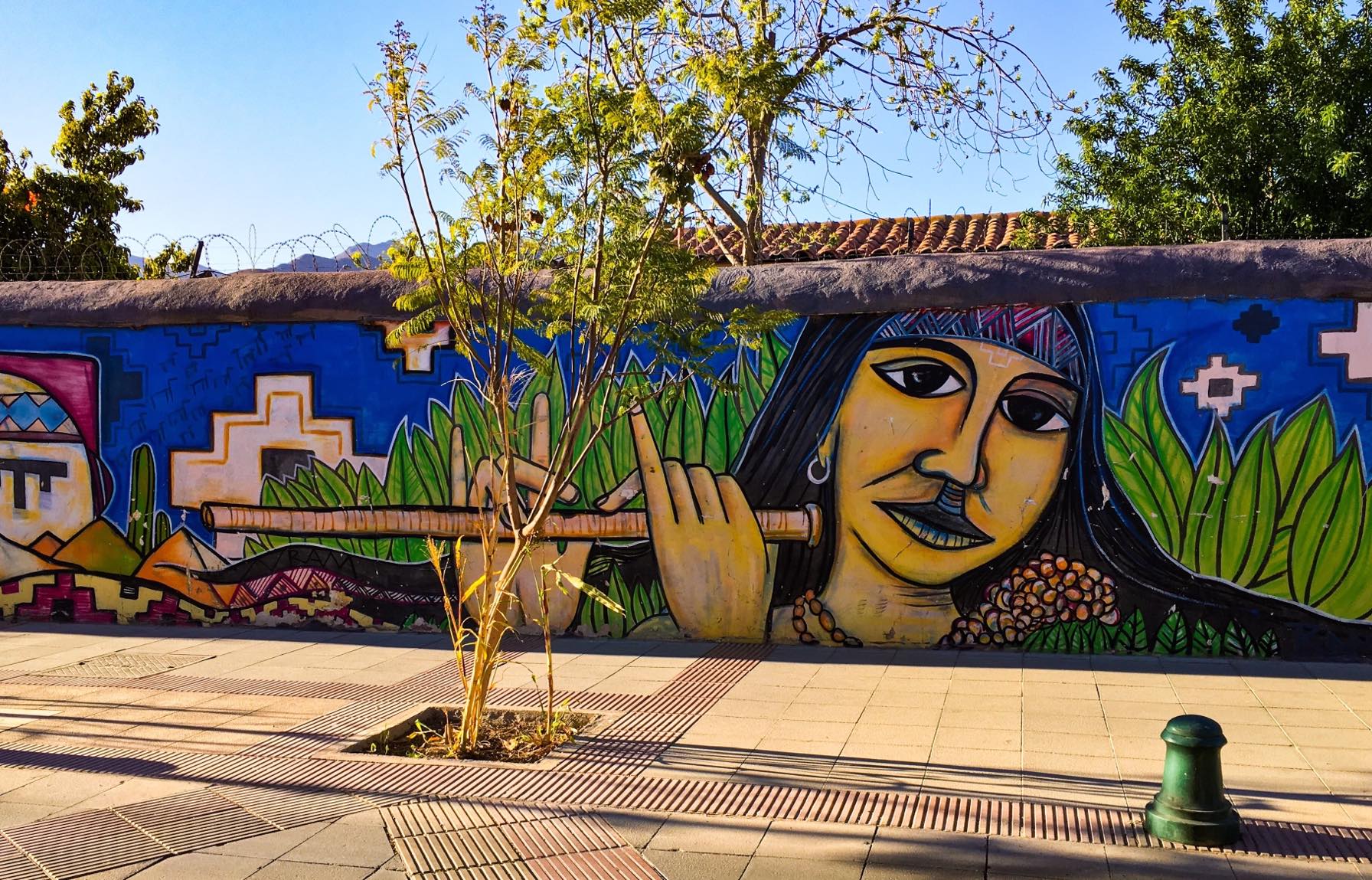Take a moment to distance yourself from the image you’ve always had of tourism in Latin America. Forget, for a moment, the dancing and the tropical heat, and prepare yourself for a brand new side of the other side of the world. Taking a long distance flight to the southwestern coast of South America is a big ask, but if you love nature tourism and breathtaking scenery, I’ve got just the place for you: a long, narrow strip of land positioned snugly between the towering Andes and the Pacific Ocean in all its ice-cold glory. Chile is a South American destination often overlooked in the esteemed company of Brazil, Peru, Costa Rica, or Argentina. Its tectonic location means that it has been subjected to enough earthquakes to decimate the relics of Spanish settlement. But its long coastline stretching from sub-tropical climates in the north to sub-polar climates in the south, boasting deserts, beaches, forests, lakes, and mountains alike, is scattered with gems that are well worth going the extra few miles for. From wildlife you can see from your restaurant window, to scenery that looks as though it were taken…



